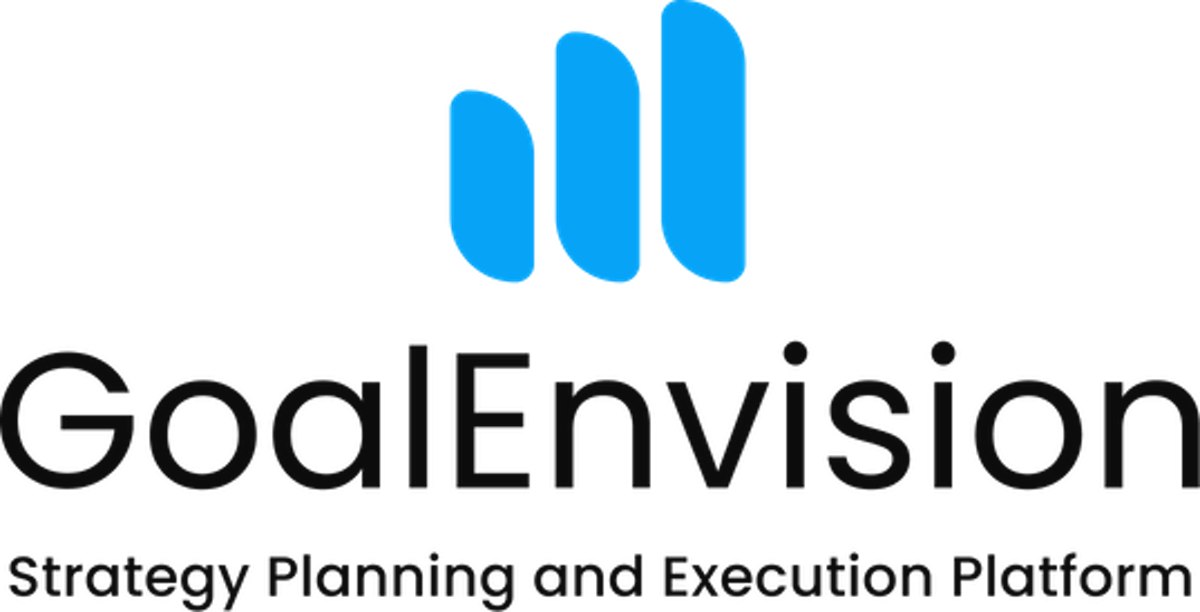Five common biases that affect our decisions and how you can overcome them
Share this article
Every day we make decisions, big and small. But often our decisions are guided by different types of ‘biases’ - thought patterns that mean we don't always think rationally. Learn here about the five most common biases and how you can avoid them influencing your decisions.
Cognitive Bias in Decision-Making – How to Spot and Manage Common Pitfalls
Every day, we make countless decisions, some small and routine, others significant and life-changing. Yet, despite our best intentions, many of our choices are influenced by cognitive biases – mental shortcuts that can distort our perception and reasoning. Understanding these biases helps us recognize how they shape our choices and gives us tools to make more balanced, thoughtful decisions. Here are five common cognitive biases, along with practical strategies to counteract them.
Confirmation Bias – Seeking Only What We Want to See
Confirmation bias is when we unconsciously search for information that supports our existing beliefs while ignoring anything that challenges them. For example, if you're considering buying an electric car, you might focus on articles highlighting its environmental benefits and dismiss those discussing battery costs or charging issues.
How to handle it: Actively seek out different perspectives. Engage with people who have opposing views, and encourage discussions that challenge your assumptions. Building diversity into your team – through backgrounds, opinions, or experiences – can also help bring new insights to your decision-making.
Anchoring Bias – Getting Stuck on First Impressions
Anchoring bias occurs when we rely too heavily on the first information we receive. For example, in salary negotiations, the initial number mentioned often serves as an “anchor,” even if it’s lower than what you hoped for.
How to handle it: Be aware that initial information isn’t always the full picture. Do your research, consider various scenarios, and avoid clinging to just one idea or figure. Exploring alternative numbers or data points can help you make a more objective decision.
Loss Aversion – Fear of Losing Out
Loss aversion refers to our tendency to weigh losses more heavily than gains. This bias can lead to irrational choices, like holding onto underperforming stocks out of fear of losing money, even when it might be wiser to sell.
How to handle it: Focus on the bigger picture and consider what you stand to gain. Simple tools like pros-and-cons lists, as well as financial techniques like net present value (NPV) analysis, can help you objectively assess both risks and rewards without getting trapped by fear of loss.
Availability Bias – Letting Recent Events Dominate
Availability bias makes us give too much weight to recent or easily recalled events. For example, hearing about a recent plane crash might make you fear flying, even though statistics show it’s one of the safest modes of travel.
How to handle it: Take a step back and look for a broader context. Ask yourself: Is this just a single, isolated incident? Considering more data sources and not letting the latest impression dominate your view can help you see the full picture.
Optimism Bias – Underestimating Risks
Optimism bias leads us to overestimate positive outcomes and downplay potential setbacks. A common example is when people start new businesses with a “can’t-fail” mindset, neglecting to plan for realistic challenges.
How to handle it: Conduct a “premortem” – imagine the project has failed and work backward to understand what could have gone wrong. By examining worst-case scenarios, you can identify potential pitfalls early and make more realistic plans.
Summary and Practical Tips
Cognitive biases affect us all, but with the right strategies, we can minimize their influence. By understanding and addressing biases like confirmation bias, anchoring bias, loss aversion, availability bias, and optimism bias, you can make more thoughtful and balanced decisions in both personal and professional life.
Share this article
Did you like this article? Here is more...
Latest


